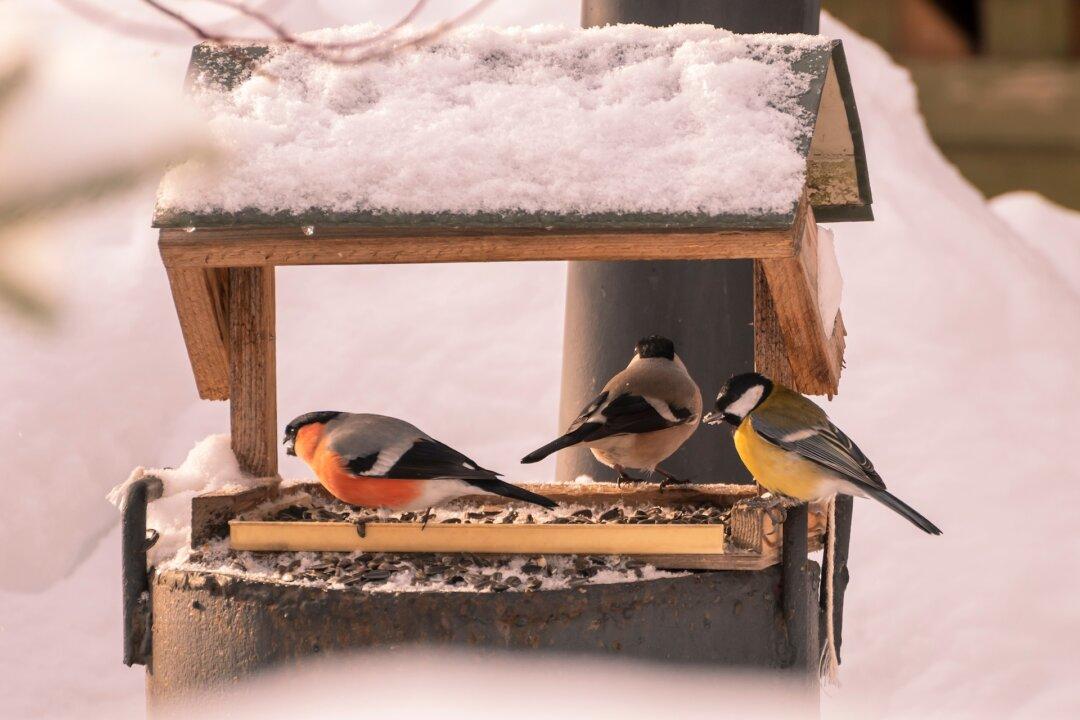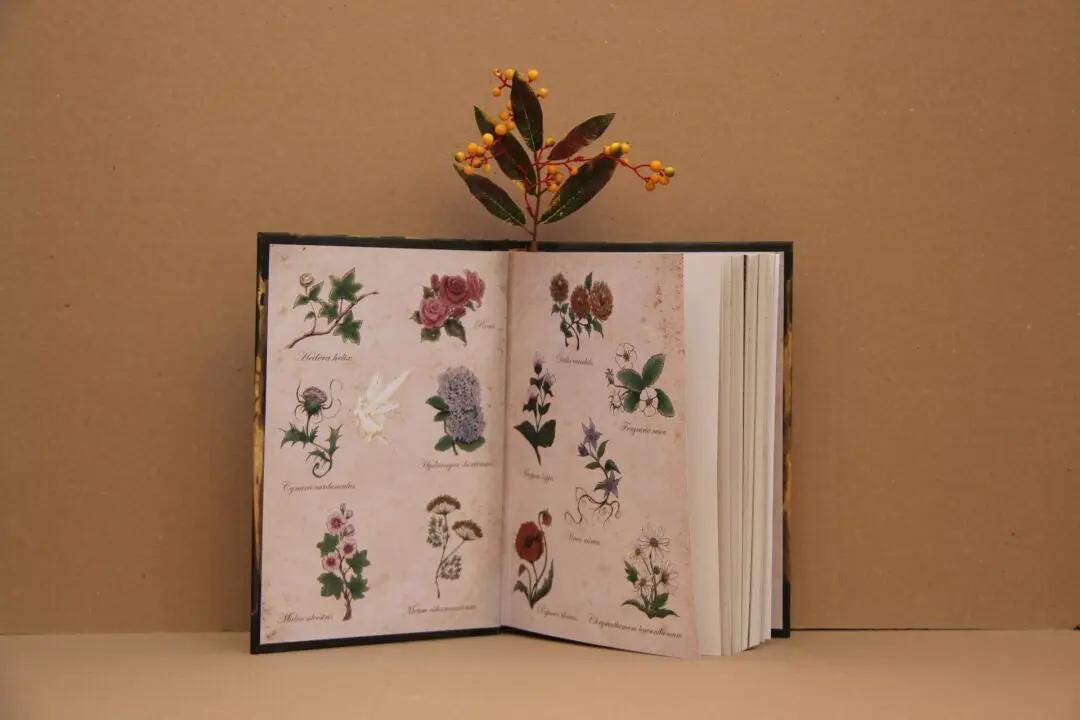In just a few weeks, winter will be over. Most birds will be happy it is over, too. The typical sparrow or cardinal that comes to a backyard feeder weighs about as much as a quarter. They spend virtually every waking moment looking for food (just like teenagers) and may consume 15 percent of their body weight on a cold winter’s night trying to stay warm.
Bird feeders filled with seeds will help some birds make it through the coldest nights. To estimate the number of birds that have survived the winter before many migrant birds start arriving from the tropics, the Cornell Lab of Ornithology operates the Great Backyard Bird Count (GBBC). This year it will take place Feb. 14-17, and you can do it from the comfort of your living room if you want to. During this annual four-day period, bird-watchers create a snapshot of where the birds are across the continent. Anyone can be a bird-watcher for those four days, and a “backyard” can be anywhere you happen to be: a schoolyard, a local park, an apartment balcony, or a wildlife refuge.





